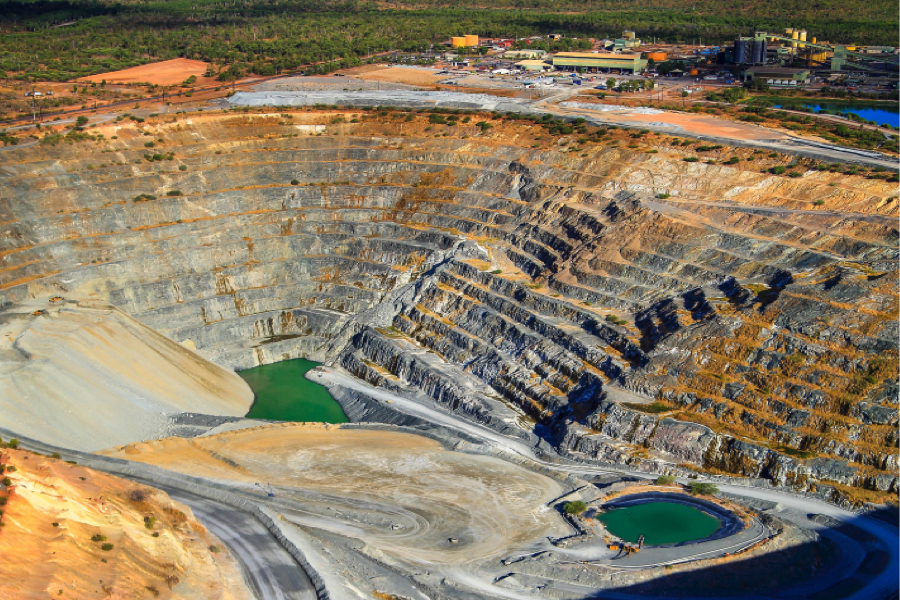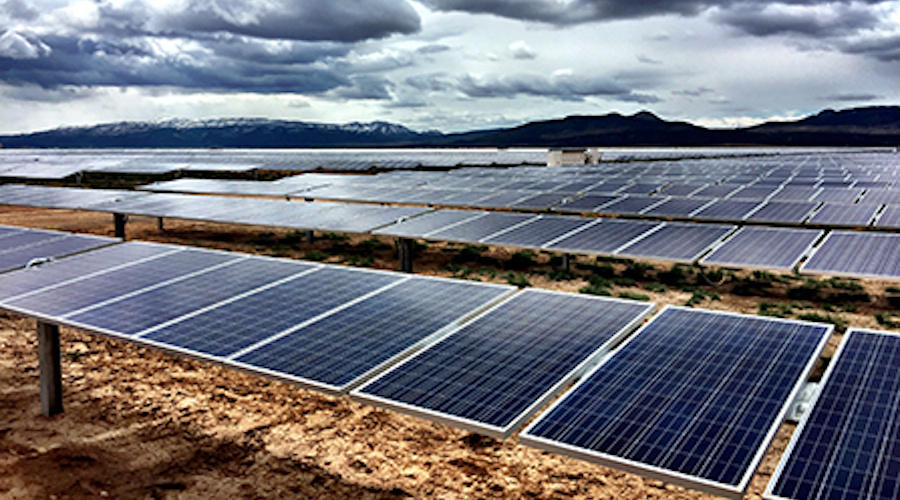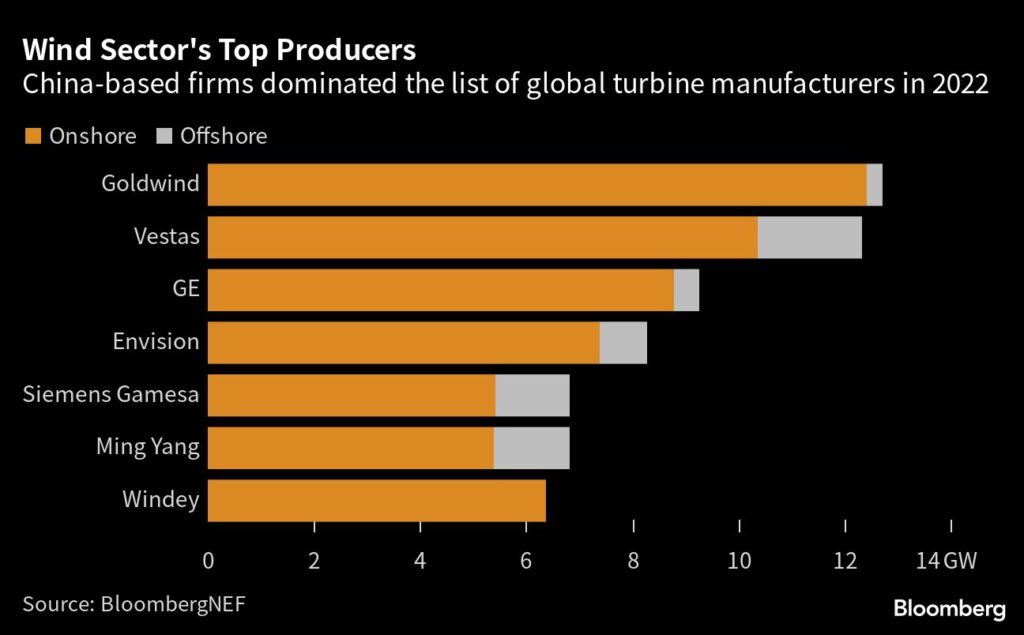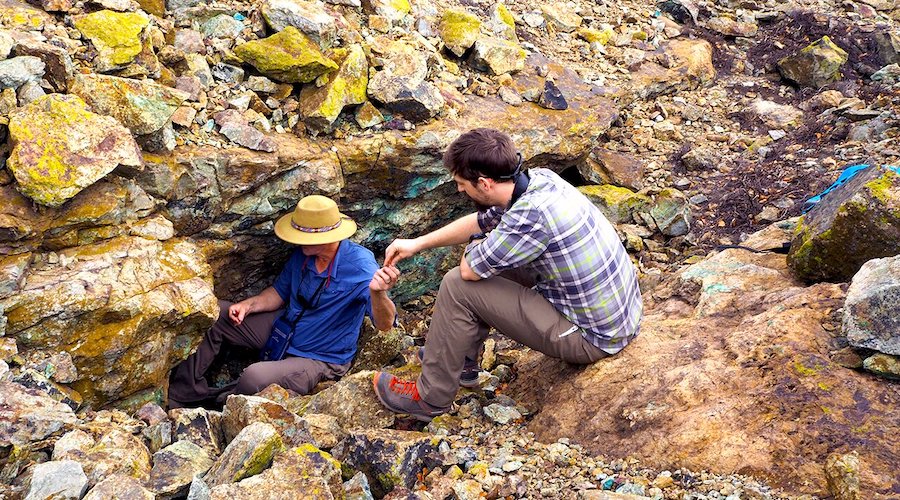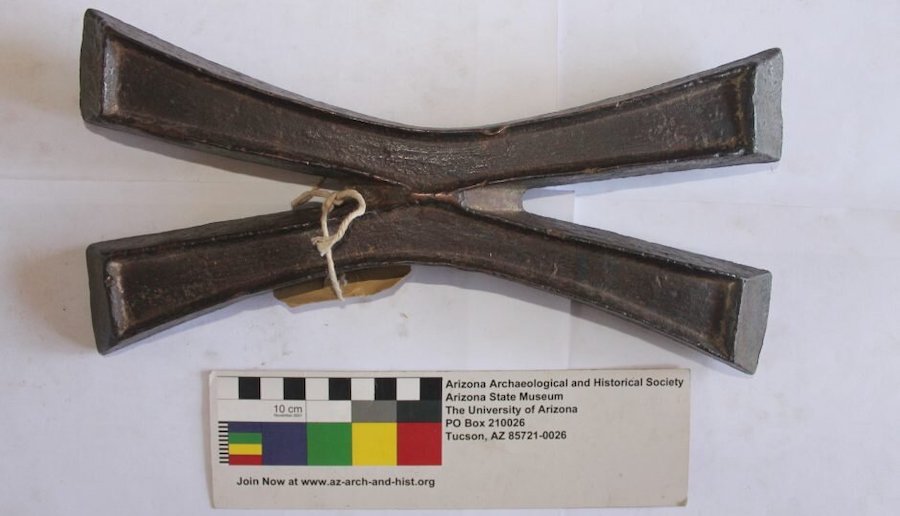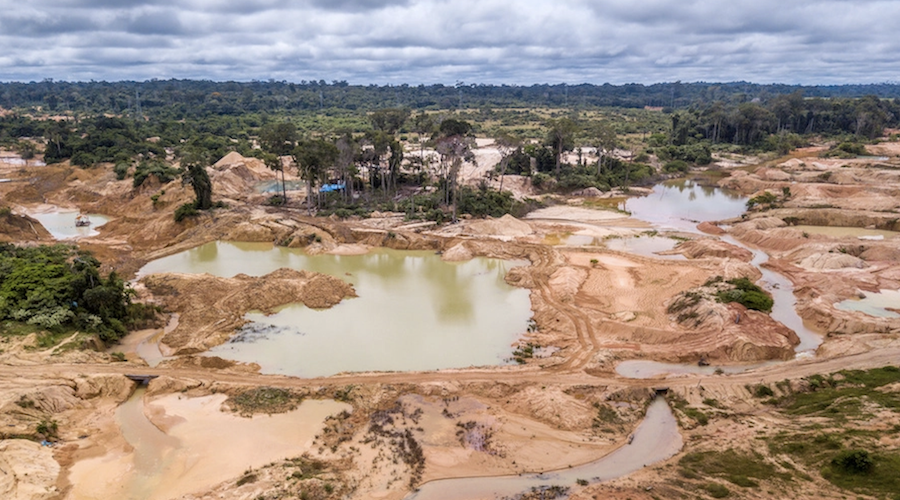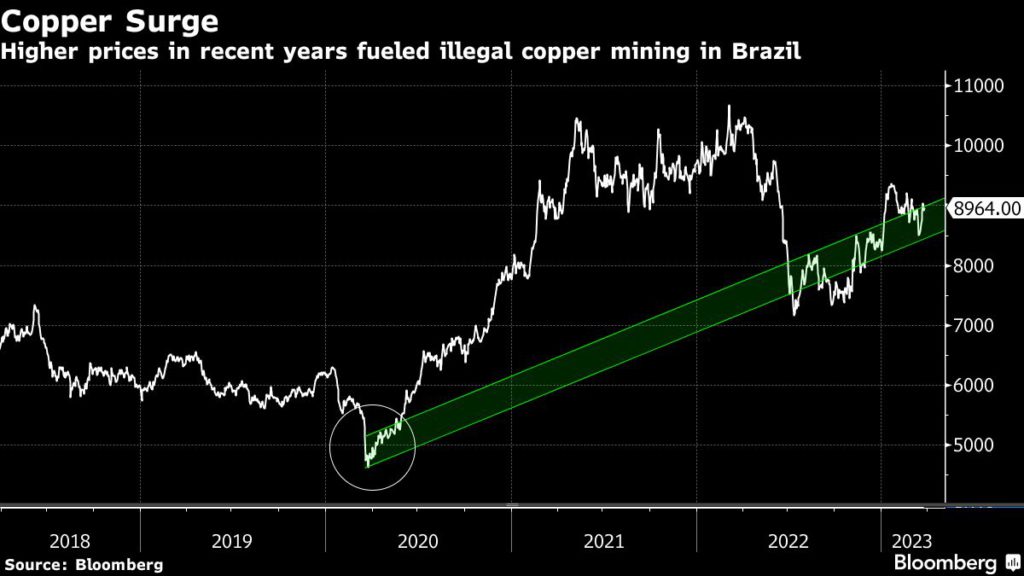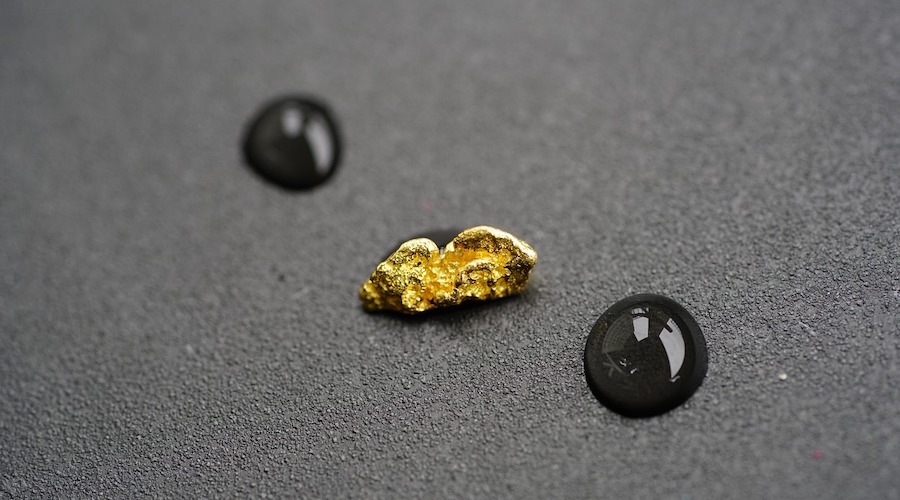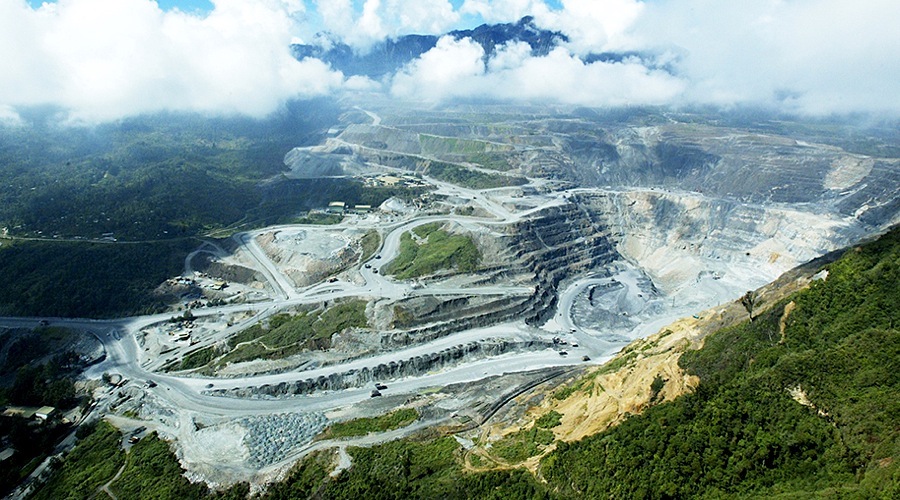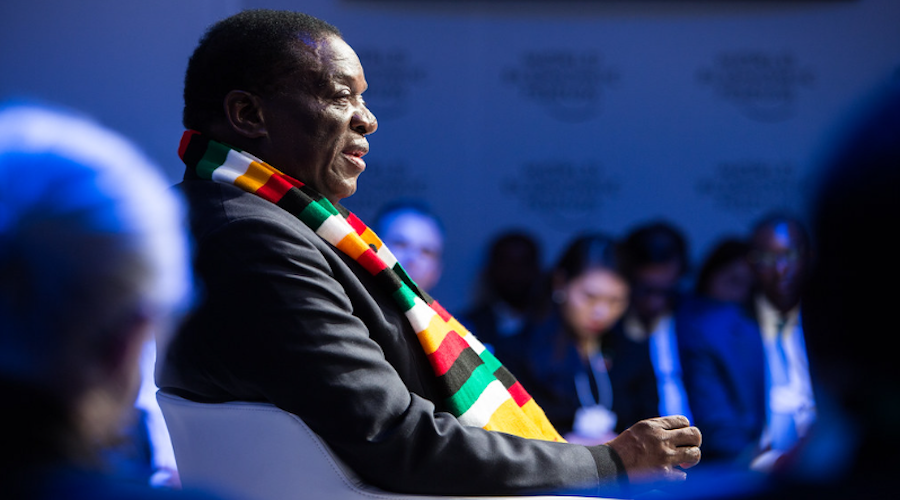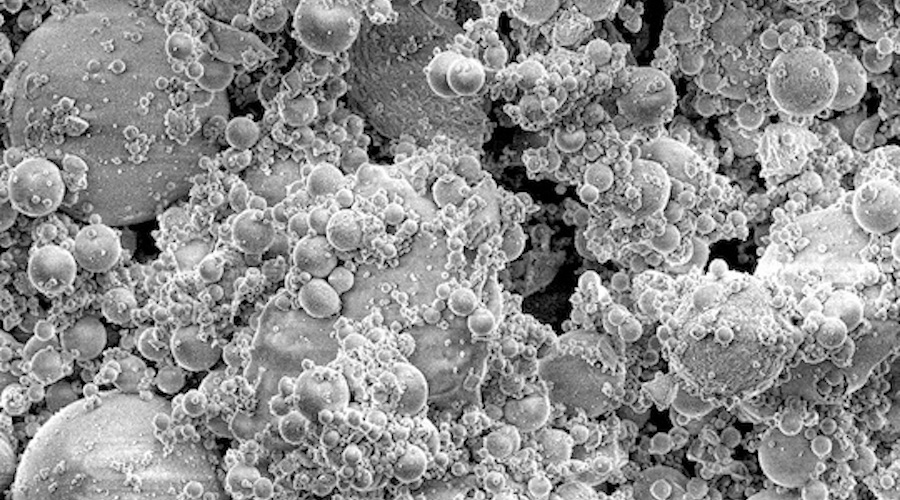CRIMINAL CAPITALI$M
Swiss court upholds corruption ruling against mining magnate SteinmetzReuters | April 4, 2023 |
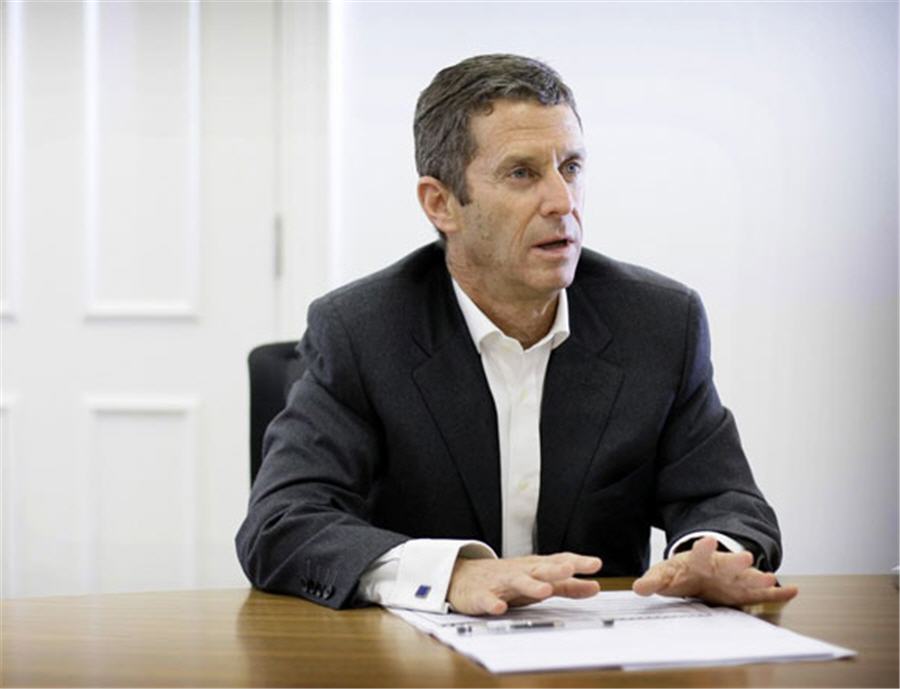
Beny Steinmetz was sentenced two years ago in one of the mining industry’s most high-profile legal disputes. (Image taken from Beny Steinmetz’s website)
A Swiss appeals court said on Tuesday it had upheld a guilty verdict for corruption against mining magnate Beny Steinmetz, who was sentenced in Geneva two years ago in one of the mining industry’s most high-profile legal disputes.

However, the court acquitted him of an earlier charge of forgery. Steinmetz, who is currently in Israel, said he will appeal the verdict to Switzerland’s highest federal court, calling the decision “unfair and politically motivated”.
The March 28 ruling, made public on Tuesday, followed seven days of hearings in August-September 2022 in which Steinmetz and two other defendants challenged an earlier verdict which found they had paid, or arranged payment, of bribes to obtain exploration permits for the world’s richest untapped deposits of iron ore in Guinea, and of forging documents to cover it up.
The higher court’s three judges reduced Steinmetz’s five-year prison sentence to three years of which 18 months must be served, citing the amount of time elapsed. The earlier 50 million Swiss francs ($55 million) fine was upheld.
During the appeal, lawyers for Steinmetz called for his full acquittal or, failing that, for the case’s closure on the grounds that Switzerland was not the appropriate venue to rule on the case since the alleged crimes were not committed there.
In its ruling in January 2021, a lower court in Geneva found Steinmetz and two others paid, or arranged payment, of $8.5 million in bribes between 2006 and 2012 to one of the wives of former Guinea president Lansana Conte, Mamadie Toure, to obtain exploration permits for iron ore buried beneath the Simandou mountains in Guinea.
Conte died in 2008. The Guinean government, which was by then a different administration, made no comment at the time of the ruling. Guinean authorities did not immediately respond to a request for comment on the ruling on Tuesday.
The whereabouts of Toure are unknown and Reuters could not reach her for comment.
Untapped resources
In closing arguments, Steinmetz’s lawyer Daniel Kinzer told last year’s appeal hearing that Toure had merely “lobbied” her husband to give Beny Steinmetz Group Resources (BSGR) the mining permits. He said that meant the worst his client could be accused of was “influence-peddling”, which is not a crime under Swiss law.
Geneva’s chief prosecutor Yves Bertossa called these arguments “not serious” and repeated his call for the initial sentence to be upheld.
Steinmetz, 67, is a former Geneva resident who moved back to Israel in 2016 and has in the past been ranked as a billionaire. He attended the original trial and the appeal in person and told the court that he had never corrupted anyone.
He has not served any jail time, under Swiss rules which allow for the safe passage of non-resident defendants who attend their trials.
A spokesperson for Steinmetz said he was not required to serve the sentence pending the decision of the federal court.
The two other defendants found guilty alongside Steinmetz also saw their corruption verdicts upheld although their jail sentences were fully suspended. They were acquitted of forgery.
Simandou, in Guinea’s southeastern corner, is the largest known iron ore deposit of its kind, which analysts estimate holds more than 2 billion tonnes of high-grade ore, but legal disputes and the cost of building infrastructure mean it is untapped nearly three decades after its discovery.
($1 = 0.9118 Swiss francs)
(By Emma Farge, Clara Denina and Saliou Samb; Editing by Friederike Heine, Rachel More and Catherine Evans)

